Wheat, a staple crop and dietary cornerstone for millions, plays a crucial role in global food security. The quest for optimizing wheat production has led to a focus on micronutrient fertilizers and their potential to enhance yield formulation and grain quality. This article explores the efficacy of micronutrient fertilizers in the context of wheat cultivation, shedding light on their influence on yield, nutritional content, and overall grain quality.
1. Understanding Micronutrients in Wheat Cultivation:
Essential Micronutrients:
Micronutrients, including zinc, iron, copper, manganese, boron, and molybdenum, play pivotal roles in various physiological processes within wheat plants. While required in smaller quantities compared to macronutrients, their absence or deficiency can significantly impact plant growth, development, and ultimately, crop yield.
2. Micronutrient Deficiency in Wheat:
Yield Limitations:
Micronutrient deficiencies can impose limitations on wheat yield potential. Symptoms such as chlorosis, stunted growth, and reduced tillering are indicative of specific micronutrient deficiencies, each affecting different stages of wheat development.
Quality Implications:
Beyond yield considerations, micronutrient deficiencies can also affect the nutritional content and quality of wheat grains. This is particularly relevant in the context of producing wheat for both food and feed purposes.
3. Impact on Wheat Yield Formation:
Root Development:
Micronutrients play a crucial role in the development of a robust root system, enabling efficient nutrient uptake. Adequate zinc, for example, enhances root elongation and branching, contributing to improved nutrient absorption and water uptake.
Photosynthesis and Energy Transfer:
Micronutrients participate in key processes such as photosynthesis and energy transfer. Iron, as a component of chlorophyll, influences photosynthetic efficiency, contributing to increased carbohydrate production and, consequently, higher grain yields.
Reproductive Stage Support:
Micronutrients are particularly vital during the reproductive stage of wheat. Boron, for instance, supports flower development, pollen viability, and fertilization, influencing the potential for grain setting and yield.
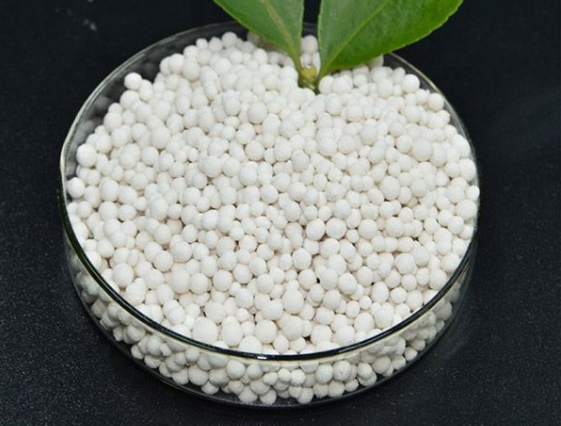
4. Enhancing Grain Quality with Micronutrient Fertilizers:
Explore more:What is Sulfur Dioxide (SO₂)?GPPS Plastic Material: Unlocking the Potential of Versatile ThermoplasticThe Phenol Alkylation Plant Revolutionizes Chemical IndustryWhat is copper sulfate mainly used for?Tantalum-Tungsten Alloy: The Best Choice for High Strength and Toughness MaterialsWhat is a liquid adhesive?What is methyluracil ointment used for?Nutrient Content:
Micronutrients contribute to the overall nutritional content of wheat grains. Iron, for example, is essential for the synthesis of enzymes involved in nutrient mobilization, impacting the availability of nutrients in the grain.
Protein Quality:
Micronutrients influence wheat protein quality, with implications for end-use applications. Zinc, in particular, has been linked to improved protein content and enhanced gluten strength, factors crucial in determining the suitability of wheat for baking.
5. Optimizing Micronutrient Fertilization Strategies:
Soil and Tissue Testing:
Implementing soil and tissue testing is essential for assessing micronutrient levels in the growing environment. This data guides precise fertilizer application, preventing deficiencies or excesses that may hinder plant growth.
Balanced Micronutrient Formulations:
Utilizing balanced micronutrient formulations ensures that wheat plants receive a comprehensive array of essential micronutrients. This approach aims to address specific deficiencies in the soil and promote optimal plant nutrition.
6. Challenges and Considerations:
Interactions and Antagonisms:
Careful consideration must be given to potential interactions and antagonisms among micronutrients. Certain micronutrients, when applied in excess, may interfere with the uptake of others, necessitating a balanced and informed approach.
Environmental Factors:
The availability of micronutrients is influenced by environmental factors such as soil pH, organic matter content, and climatic conditions. Understanding these variables is crucial for effective micronutrient management.
7. Conclusion:
A Holistic Approach:
The efficacy of micronutrient fertilizers in wheat cultivation lies in their ability to address specific nutrient requirements at different growth stages. A holistic approach, considering soil conditions, plant needs, and targeted fertilization strategies, is pivotal for realizing the full potential of micronutrients in optimizing both yield and grain quality.
Sustainable Agriculture:
In the pursuit of sustainable agriculture and global food security, harnessing the potential of micronutrient fertilizers for plants emerges as a key strategy. By ensuring the comprehensive nutrient needs of wheat plants are met, farmers can contribute to enhanced yields, improved grain quality, and a more resilient food supply chain.
Explore more:What Are Polypropylene Fibres Used For?What Is A Graphite Electrode?What is the purpose of anti rust lubricant spray?Understanding the Grab Time of PU Adhesive: How Long Does It Take to Achieve Initial Bonding?WHAT ARE THE PROPERTIES OF SURFACTANTS?Can You Use Hyaluronic Acid Every Day? Methyluracil Ointment: A Healing Balm for Skin Woes




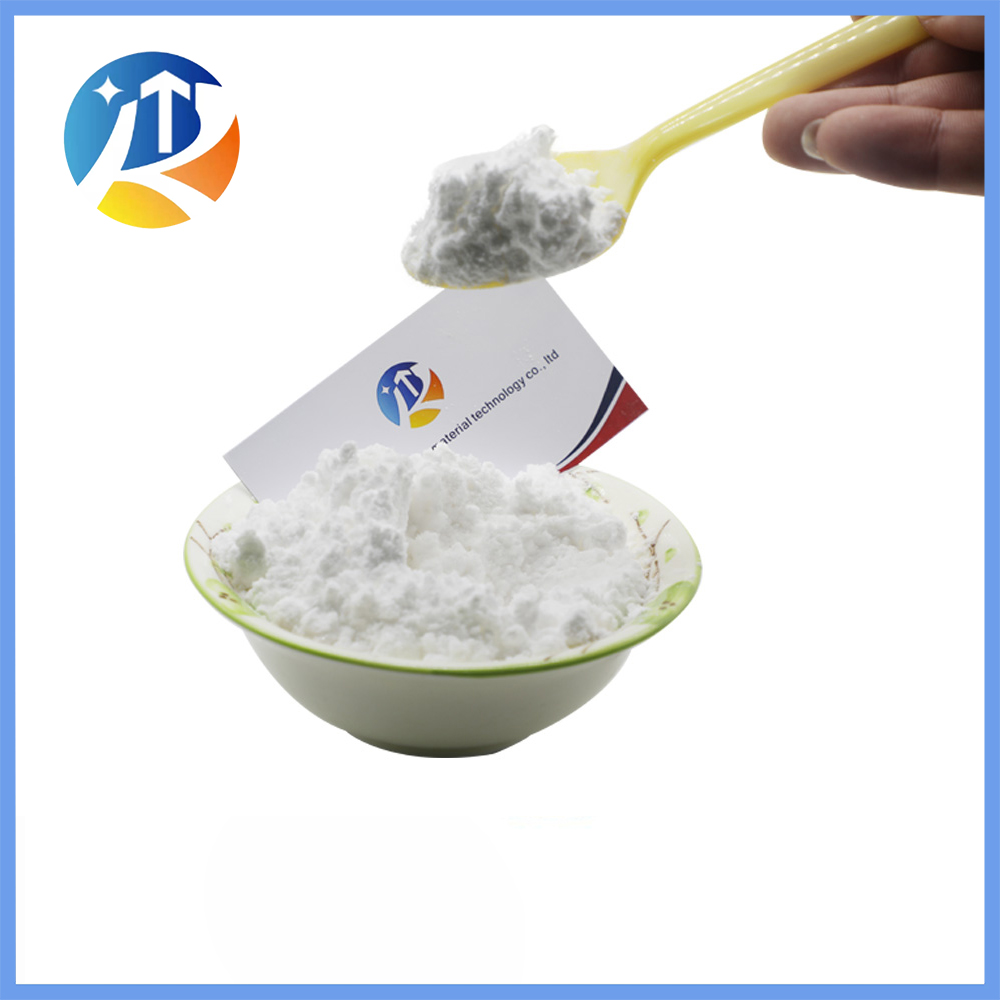
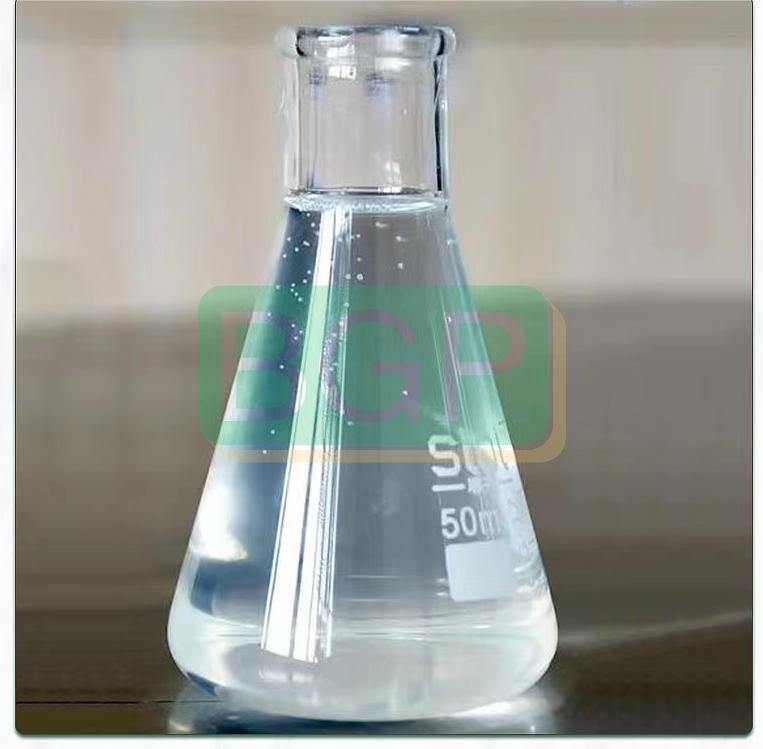




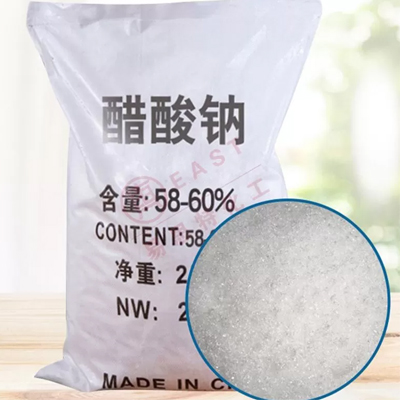
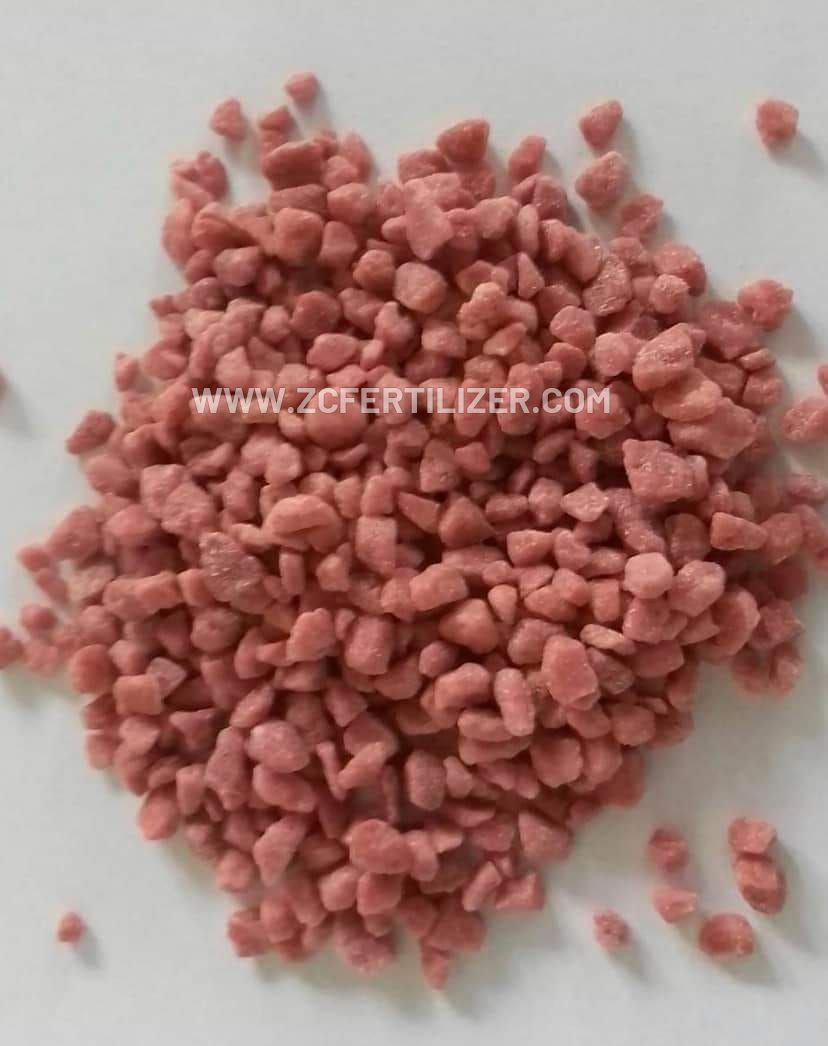
Comments
Please Join Us to post.
0